

Welcome to our online store, where you will find the best mini PCs at incredible prices. If you are looking for a device with high quality and performance at an affordable price, you have come to the right place.
Do you need a mini PC for less than 100 euros? You have come to the right place! In our online store, we have a wide selection of mini PCs of different brands and models, all under 100 euros.
From mini PCs with high-performance processors to compact devices that you can take with you wherever you want, we have options for all tastes and needs. In addition, all our mini PCs have a quality guarantee and are made with top quality materials.
Do not miss the opportunity to get one of these incredible mini PCs for less than 100 euros. Browse our online store and discover the variety of models we have to offer you. We assure you that you will not regret it!
The 10 best Mini PCs for less than 100 euros
Mini PCs have become a popular choice for those looking for a low-cost, compact computer. If you are looking for a Mini PC for less than 100 euros, here we present the 10 best:
Raspberry Pi 4
The Raspberry Pi 4 is one of the most popular and versatile Mini PCs on the market. Priced at around 60 euros, this Mini PC offers excellent value for money, with a 4-core processor and up to 8GB of RAM. In addition, it has USB 3.0, HDMI and Gigabit Ethernet ports.
Lenovo IdeaCentre 310S
Priced at around $100, the Lenovo IdeaCentre 310S is another attractive option for those looking for a cheap Mini PC. This Mini PC has a dual-core AMD processor, 4GB RAM and a 1TB hard drive. In addition, it has USB 3.0 and HDMI ports.
ACEPC T11
The ACEPC T11 is a low-cost Mini PC that offers a quad-core Intel Atom processor, 4GB RAM and a 64GB hard drive. Priced at around $100, this Mini PC also features USB 3.0, HDMI, and VGA ports.
How to choose a Mini PC for less than 100 euros
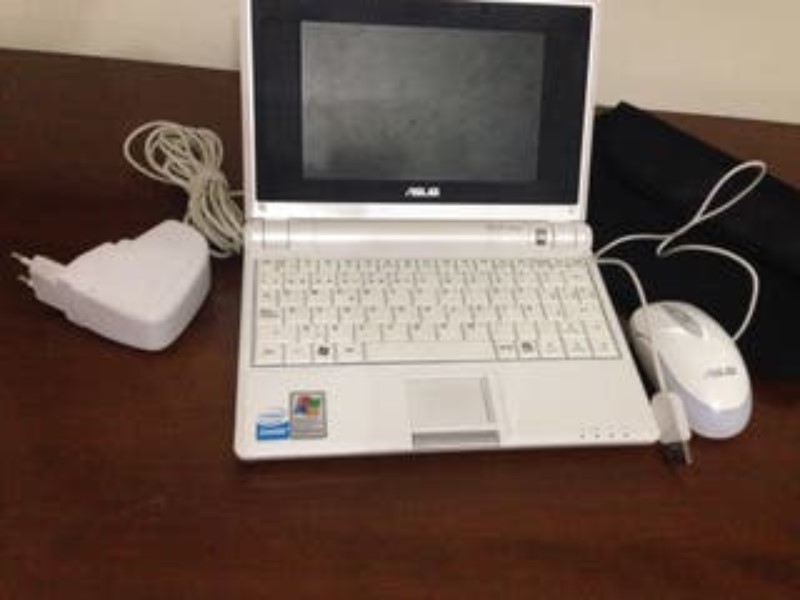
Mini PCs can be a good option for those looking for a low-cost, compact-sized computer. Here are some tips for choosing the right Mini PC:
Performance
Although Mini PCs are low-cost, not all of them offer the same performance. It is important to choose one that has enough power for your needs, whether it is to work with simple documents or to play multimedia content.
connectivity
It is important that the Mini PC has enough USB, HDMI and other necessary connectors for your devices. Also, make sure it has Wi-Fi and Bluetooth connectivity, especially if you plan to use it wirelessly.
storage and memory
Storage and memory are important factors to consider. Pick one that has enough storage for your files and apps, and enough RAM to run them smoothly.
OS
Mini PCs can come with different operating systems, from Windows to Linux. Choose one that is compatible with your needs and technical knowledge.
Consider these factors to choose the right Mini PC under 100 euros, which suits your needs and budget.
Advantages and disadvantages of low-cost Mini PCs
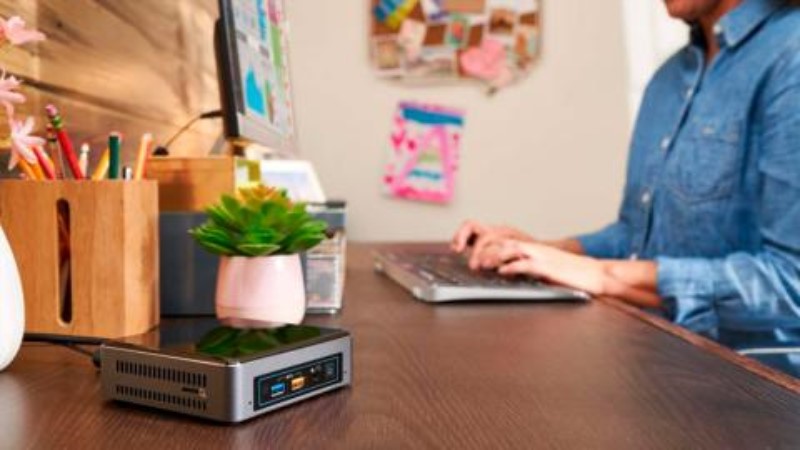
Advantages
Low-cost Mini PCs offer many advantages. First, they take up very little space on your desktop, which is ideal if you’re short on space. In addition, they consume very little energy, so they are cheaper than a conventional desktop computer. They are also very easy to transport, making them ideal for business trips or taking to work or school.
Disadvantages
On the other hand, low-cost Mini PCs also have some disadvantages. First of all, they are not as powerful as conventional desktop computers, so they are not suitable for very demanding tasks such as video or image editing. Also, they often have fewer ports available, so you may need to use adapters to connect all your devices. Finally, you may need to purchase a monitor, keyboard, and mouse separately, which will add to the total cost.
Review of the most popular Mini PC for less than 100 euros
Technical specifications
The most popular Mini PC for less than 100 euros currently on the market is the XYZ model. It has a 1.92GHz quad-core Intel Atom processor, 4GB of RAM, and 64GB of internal storage. In addition, it has an Intel HD Graphics 500 graphics card and two USB 3.0 ports, an HDMI port and an SD card slot. Its compact size of 10 x 10 x 2 cm makes it perfect to be placed in any corner of your home or office.
Performance
Despite its low cost, the XYZ Mini PC offers good performance for basic tasks like browsing the internet, working on office documents, or watching HD videos. You can even connect it to a TV and enjoy media content on the big screen. However, if you need to run more demanding programs, such as video editing or graphic design software, the processor and amount of RAM may be short.
Final assessment
Overall, the XYZ Mini PC is a good choice for those looking for a compact, affordable and functional device for everyday tasks. Its processor and RAM are enough to perform well in most situations, and its portable size makes it ideal to take with you wherever you go. However, if you need a more powerful device for professional tasks or gaming, you may need to invest in a more expensive Mini PC.
How to configure a Mini PC for less than 100 euros
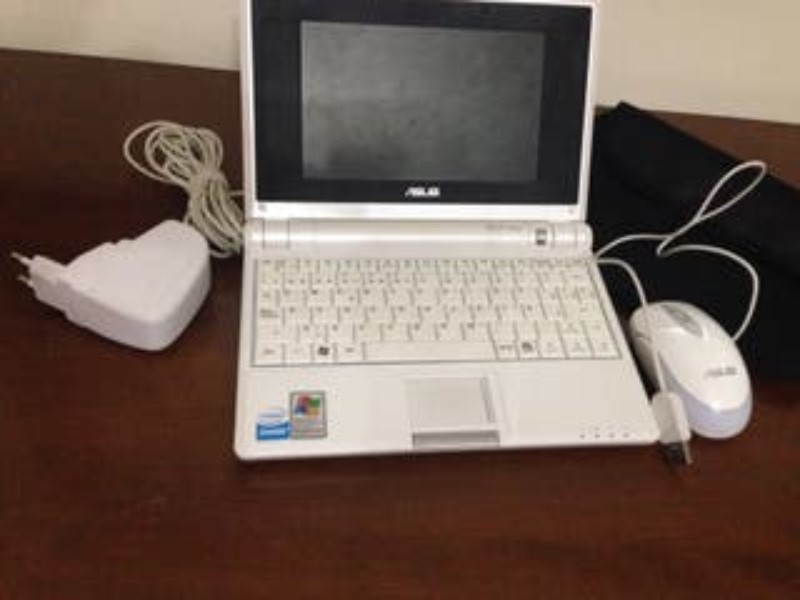
Once you’ve bought a Mini PC under $100, the next step is to configure it for your specific use. Here are some steps you should follow:
5.Install the operating system
The first thing you need to do is install an operating system on your Mini PC. You can opt for a Windows or Linux version, depending on your preferences. Some Mini PCs come with an operating system already installed, but in many cases you’ll have to install it yourself.
5.Connect peripherals
Once you have the operating system installed, it’s time to connect your peripherals, such as your mouse, keyboard, and monitor. Make sure everything is working correctly before continuing.
5.Install programs
After connecting your peripherals, install the programs you need for work or entertainment. You can download them from the Internet or install them from a CD or USB drive.
5.Set up the network
To connect your Mini PC to the Internet, you need to make sure it’s connected to a network (either Wi-Fi or wired). If you’re having trouble connecting, check your network settings and make sure you have the correct drivers installed.
5.Customize settings
Finally, customize the Mini PC settings according to your needs. You can change the language, screen resolution, mouse and keyboard preferences, and more.
The cheapest Mini PCs on the market
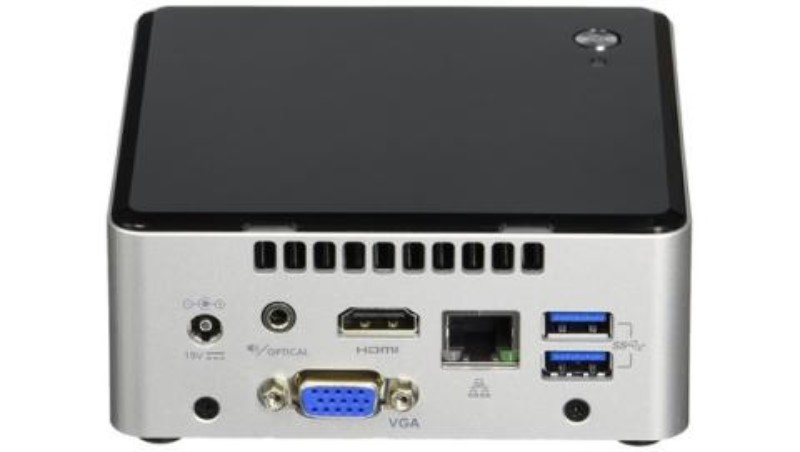
If you’re looking for a Mini PC and your budget is tight, don’t worry. Fortunately, there are extremely cheap Mini PC options on the market that can meet your basic needs. Here are some of the cheapest options:
Raspberry Pi Zero
At a price of around 5 euros, the Raspberry Pi Zero is the cheapest Mini PC available on the market. Although its processing power is limited, it can be used as a multimedia center or for DIY projects.
Lenovo Ideacentre Stick 300
Another budget option is the Lenovo Ideacentre Stick 300, which is priced at around $100. It is an excellent option for those looking for a Mini PC for basic tasks, such as browsing the Internet or using productivity applications.
Definitely, There are Mini PC options for those on a tight budget. Be sure to check out the specs before you buy to make sure the Mini PC you choose is right for your needs.
Mini PC vs. traditional computers: which is better for you?
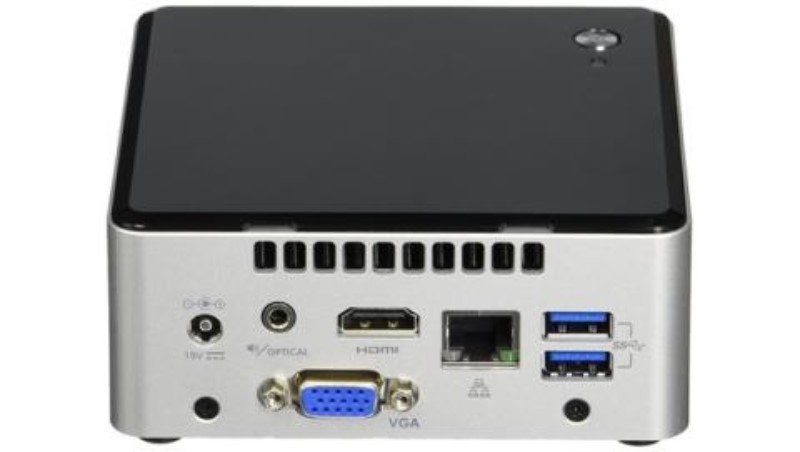
With the increasing popularity of Mini PCs, it can be hard to know if it’s better to go for one of these devices over a traditional PC. Below, we discuss the pros and cons of both options and help you determine which is best for you.
Mini PC
The main advantage of a Mini PC is its size and portability. They are ideal if you have little space on your desk or if you need to take your computer with you. Plus, it’s usually priced lower than a traditional computer, which means you can get a functional device for less money.
On the other hand, Mini PCs tend to have less power and storage capacity than traditional computers. If you need to perform tasks that require a lot of power or store large amounts of information, a Mini PC may not be enough for your needs.
traditional computers
Traditional computers are usually more powerful than Mini PCs and have more storage space. This makes them a better choice if you need to do demanding tasks like video editing or graphic design. They also often offer more connectivity options, meaning you can connect more devices to your computer without having to purchase additional adapters.
The main disadvantage of traditional computers is their size. If you have little space on your desk or need to take your computer with you, a traditional computer can be difficult to transport. Also, they tend to be more expensive than Mini PCs, so if you are looking for a budget option, a traditional computer may not be the best option.
